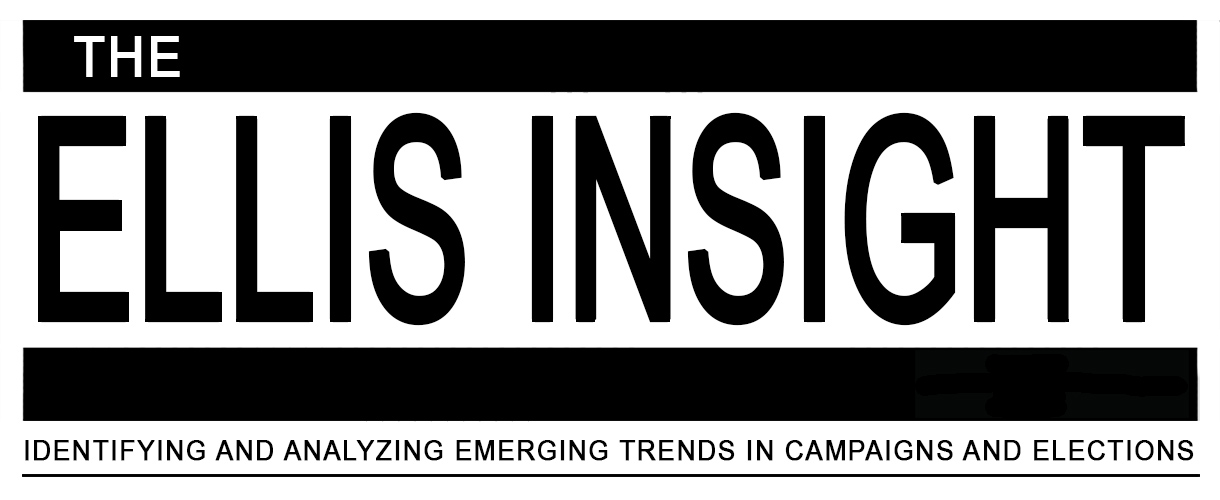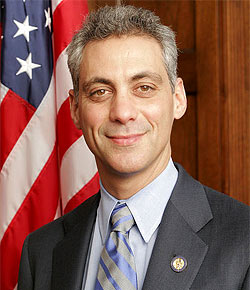Soon the 2012 presidential campaign will be starting in earnest, and we will again experience the laborious and complicated process of nominating candidates for the general election campaign. With a sitting incumbent unlikely to face a strong intra-party challenge, the Democrats will have little action on their side of the political ledger. Thus, Pres. Barack Obama’s nomination process will be little more than a formality.
Though the Republican candidates seem to be a little slow getting out of the gate right now, the major action still will be in their party. With no clear front-running candidate, the delegate count becomes even more important because the eventual winner is forced to build a large early lead. Again, having candidates who will likely only be strong in a particular geographic region, as was the case in 2008, it is anyone’s guess as to who will break out of the pack and claim the Republican nomination.
Though we are now less than a year from the first caucus vote, many decisions are still undetermined. Most states have only a tentative schedule in place, while others still must make a decision on their delegate selection format.
The 50 states and six voting territories have several ways of determining their own individual nominating system. The most popular is the winner-take-all (WTA) option, where the candidate receiving the most votes gets all of the state’s delegates. Arizona and Missouri are traditionally in this category. Other states like New York, New Jersey, Connecticut, and Utah are likely to be WTA’s in 2012.
Some states, like California and Florida, choose a modified winner-take-all system. A candidate receives a certain number of delegates for winning the state, and then is awarded every delegate in each congressional district won.
The last major category is the proportional system. This is where each candidate is awarded delegates based upon the percentage of the popular vote that he or she receives in the primary election. States can hold their nominating process either through a direct vote of the people either in an open or closed primary, or via a caucus system.
Right now, it appears that 11 states will use the winner-take-all system and another nine the modified WTA. An additional nine will use the proportional primary option. Fifteen states will caucus. Another dozen entities will use some variation of the above, except for the two “loophole” states. Illinois and Pennsylvania conduct a primary, but instead of selecting the presidential candidates, voters here choose the delegates themselves. Normally the delegate candidate is listed in a way that clearly denotes who the individual supports for president, but the vote is cast for the individual delegate, nonetheless.
In 2012, the Republicans will have a total field of 2,421 delegates. Exactly 1,879 individuals, called “pledged delegates,” will go to the Republican National Convention pledged to vote for a particular candidate at least on the first ballot. Another 542 will be free agents and will report to the convention as “unpledged” delegates. A candidate will be nominated for president once he or she obtains 1,211 delegate votes.
The first vote looks to be in Wyoming, at their county caucus program on Jan. 7, 2012. Iowa will be the first major event, tentatively scheduled for Jan. 16. South Carolina, right now, is next up for Jan. 21. New Hampshire is tentatively picking Jan. 24, but the Granite State is sure to move up, as the party rules allow New Hampshire to retain its position as the first primary state. Florida will follow on Jan. 31. Maine and Alaska will have a caucus procedure before Super Tuesday. Currently, 15 states appear to be lining up for a Feb. 7 Super Tuesday election.
At this point in the process, 22 states will have chosen at least a partial slate of delegates, and a grand total of 1,096 delegate votes will be decided or officially categorized as unpledged. Through Tuesday, March 6, 41 states will have chosen delegates, most likely meaning that the Republican nomination will be decided by that date. If not, then we could be headed for the first brokered convention in generations, truly a nightmare scenario for the GOP as it already faces an uphill challenge in unseating an incumbent president, especially if the Democrats can unify their party.
Count on seeing and hearing much more about the Republican delegate count as we march forward to the another marathon presidential election. The fun is about to begin.
__________________________________________________
For further detailed insights, to sign up for my daily email updates, or to sign up to track specific issues or industries, please contact me at PR***@pe*******************.com.

